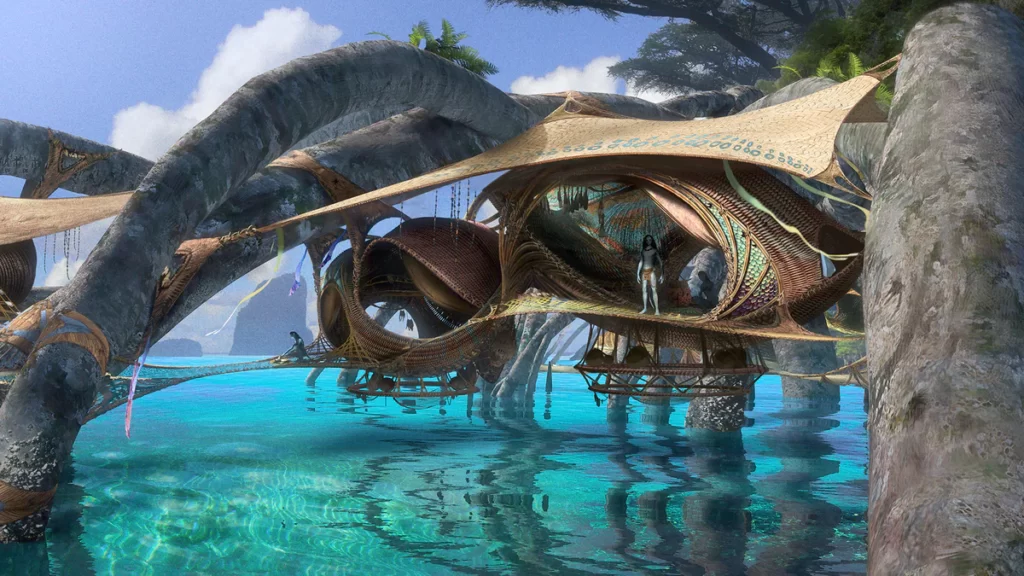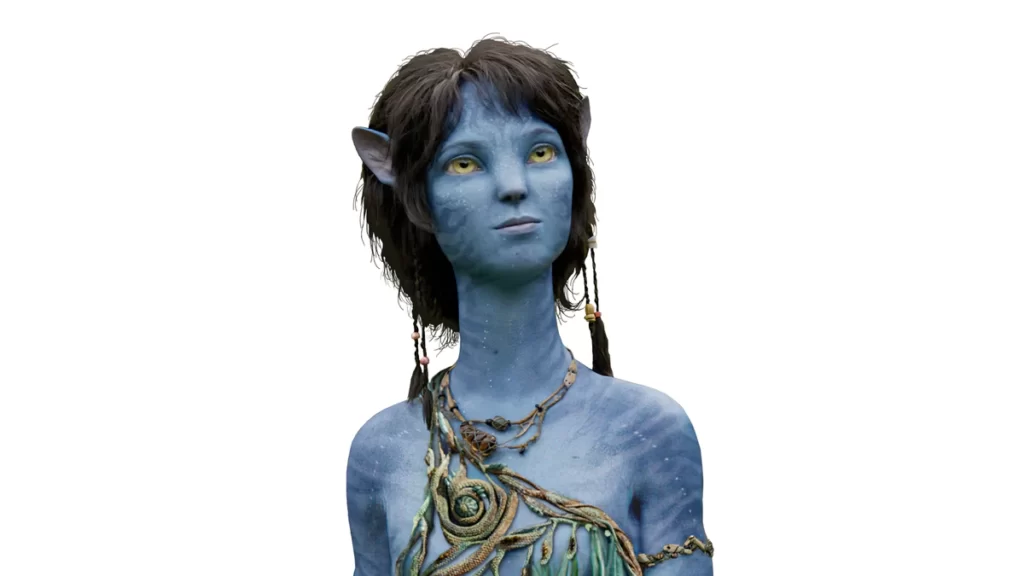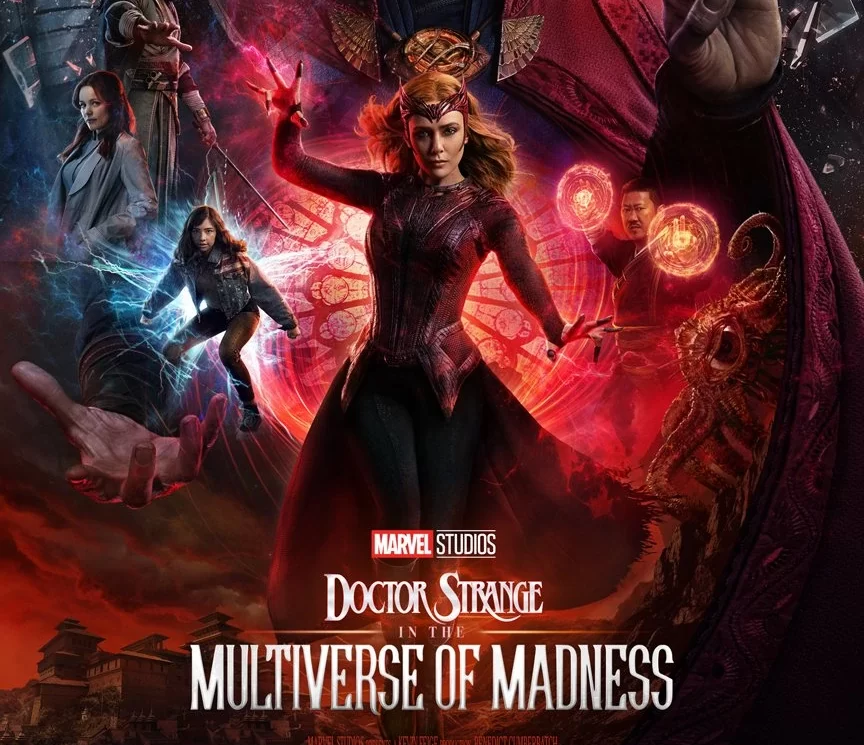Videogame adaptations were terrible until they weren’t.
In the 90s we suffered through the likes of Super Mario Bros (1993) and Street Fighter (1994). In the 2000s Final Fantasy: The Spirits Within (2001) tanked the fortunes of one of the biggest videogame companies in the world, and the best we could say about Doom staring Dwayne Johnson (2005) is that it wasn’t as bad as it deserved to be. But we were comparing it to the dire filmography of Uwe Boll, and anything looks good next to Bloodrayne (2005) or Alone in the Dark (also 2005).
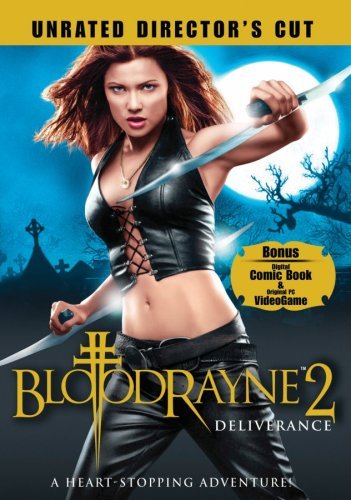
Something changed. In the last decade, almost every year has brought us a banger videogame movie to the cinemas (Detective Pikachu, Sonic the Hedgehog) or a roller coaster videogame series to Netlflix or Amazon.
My theory is a simple one: from 2010 or so, videogames reached a critical mass of popularity. Studios had no choice but to take videogame properties seriously. Biggest budget, better writers, more attempts. No longer was making good content based on a videogame, like Mortal Kombat (1995), a fluke. There was an incentive to do so, beyond the passion of the creators involved; there was money on the table.
(Having a string of failures to look back on and learn from probably helps too.)
So if the very phrase “videogame adaptation” still leaves a bad taste in your mouth, here are three series you can stream on Netflix to show you how things have changed:
Castlevania (2019) / Castlevania: Nocturne (2023)
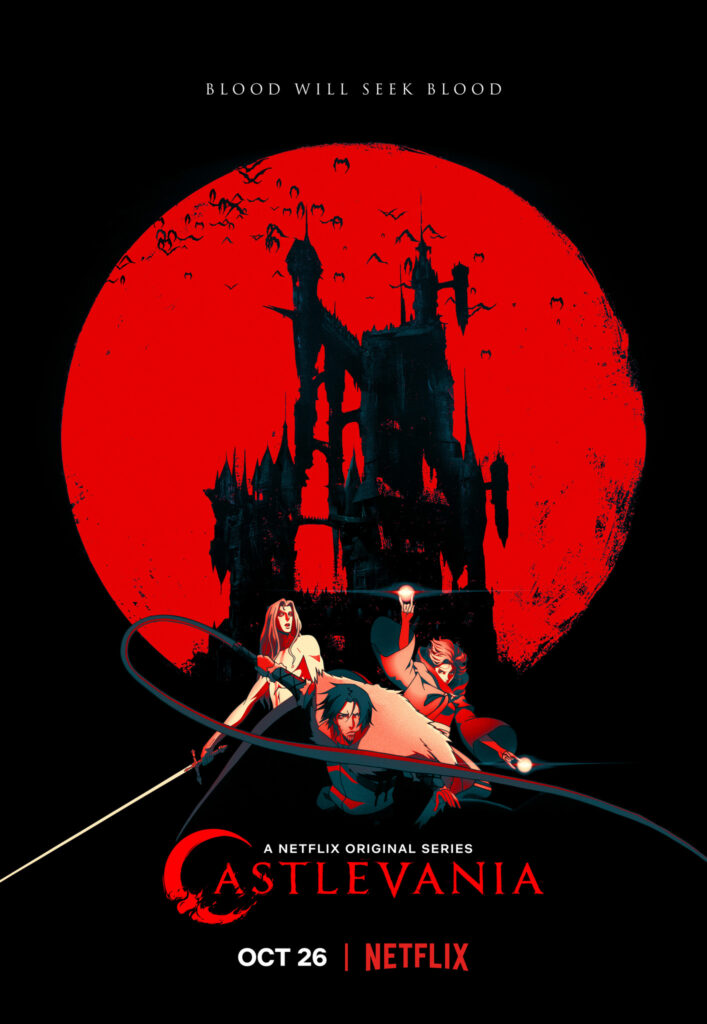
Drawing from the beloved Konami franchise, this animated gem doesn’t just ride on nostalgia; it carves out its own dark, compelling narrative that will ensnare both fans of the game and newcomers alike. Fans of the games will find themselves immersed in a world they know and love, from the iconic whip-wielding protagonist, Trevor Belmont, to the sprawling, Gothic landscapes dripping with atmosphere. This series meticulously evokes the eerie essence of the Castlevania universe.
But Castlevania also teaches us something important about adaptation: it doesn’t merely retread the plotlines of the games. Instead, it fleshes out characters and injects new depth into the narrative. It takes risks and explores uncharted territories. Add to that some breathtaking and bloody animation, and you’ve got a videogame series that raises the bar.
See Castlevania adapted on Netflix. Or, Castlevania: Nocturne.
Arcane (2021)
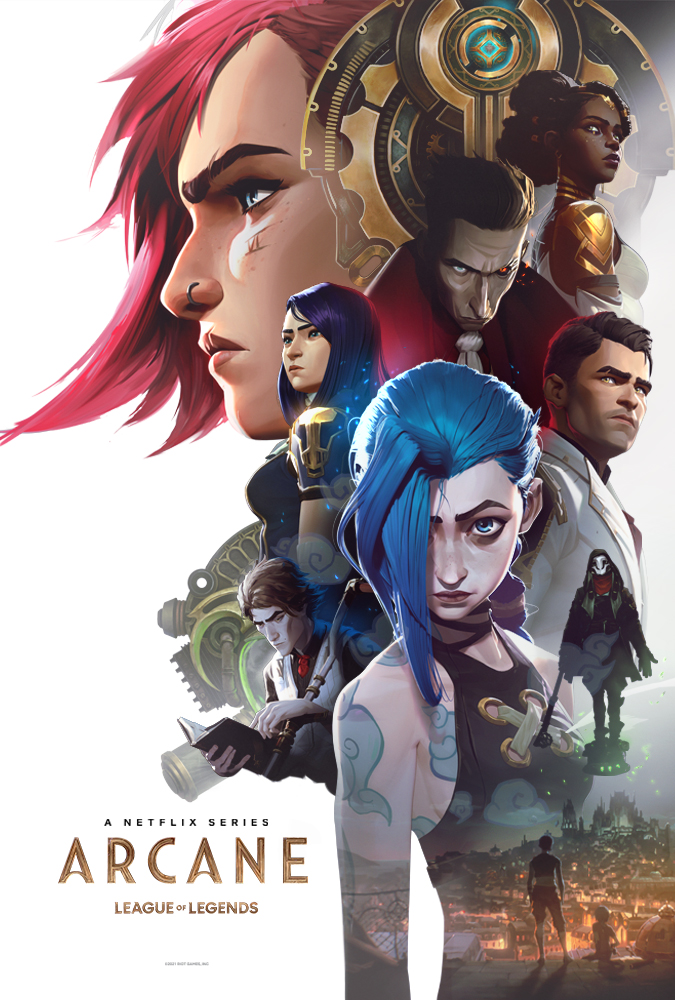
If you want a masterclass in storytelling that effortlessly bridges the gap between video game and television audiences, Arcane is exactly that. Fans of the game will find themselves delighted by the rich lore and familiar faces that populate the world of Runeterra, but even those who have never played League of Legends will find themselves hooked. This is a serious story, with themes such as power, prejudice, and the consequences of unchecked ambition. It doesn’t rely on viewers having a pre-existing affinity for the characters for a second.
Oh, and visually Arcane is among the best, and I mean best ever: every frame is a work of art, with lush, detailed backgrounds and fluid character animation that draws viewers into the vibrant world of Piltover and Zaun. Each setting feels alive and immersive, a perfect setting for the epic tale that plays out in them. I don’t think any other videogame adaptation on Netflix shows budget, ambition, and passion as well as Arcane does.
Check out Arcane on Netflix right now.
The Witcher (2019)
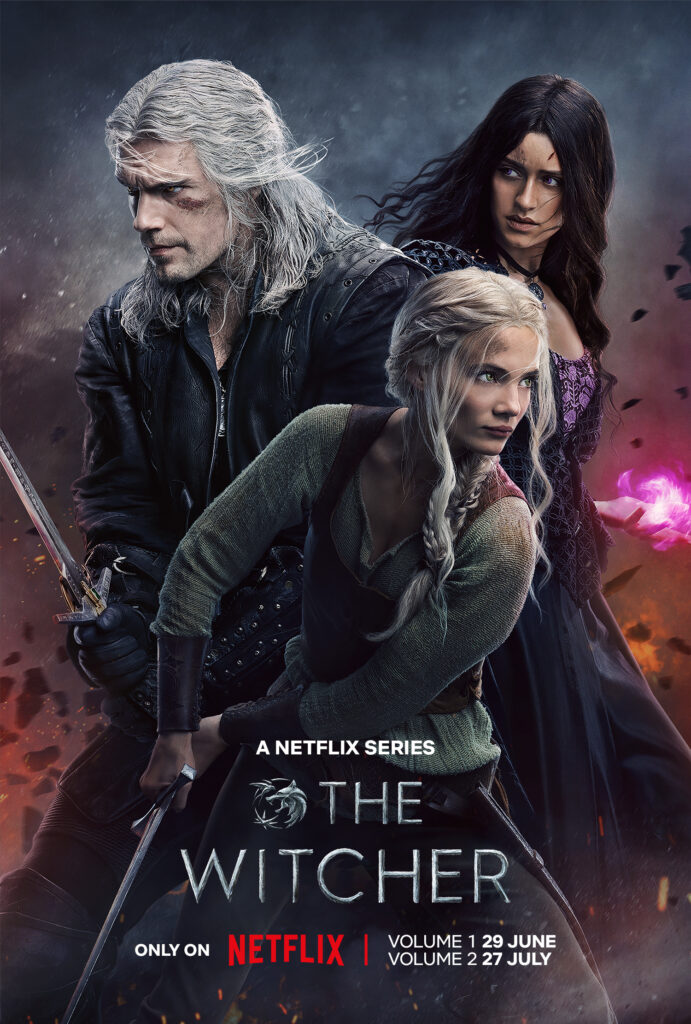
Yes, the original material is the wonderful fiction of Andrzej Sapkowski, but the CD Projekt Red videogames have driven the direction of this franchise in a big way, so we think The Witcher counts.
At the heart of The Witcher lies its stellar cast, led by Henry Cavill’s portrayal of the titular character. Earlier I mentioned that videogame adaptations relied on the passion of the creators involved. Well, there’s an element of that here: Cavill is a huge fan of the series, and he brings Geralt to life with a mix of rugged charm and stoic intensity, perfectly embodying the enigmatic monster hunter fans have come to know and love.
We can’t mention The Witcher without mentioning its action sequences, from pulse-pounding sword fights to epic magical showdowns. With meticulously choreographed fight scenes and stunning visual effects, each battle is a spectacle to behold, drawing viewers deeper into the dangerous world of the Witcher. It’s a sprawling epic that has captured the hearts of both fans of the original video game series and newcomers to the world of Geralt of Rivia.
Watch The Witcher on Netflix today.
More videogame adaptations
If you’re more about Amazon Prime than Netflix, some of Dohnut Media’s favourite films on Amazon are videogame adaptations. Check it out.
If you’re more interested in comic book adaptations, why don’t I tell you what I thought about Thor: Love and Thunder?
